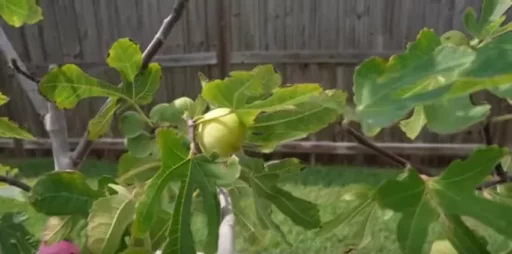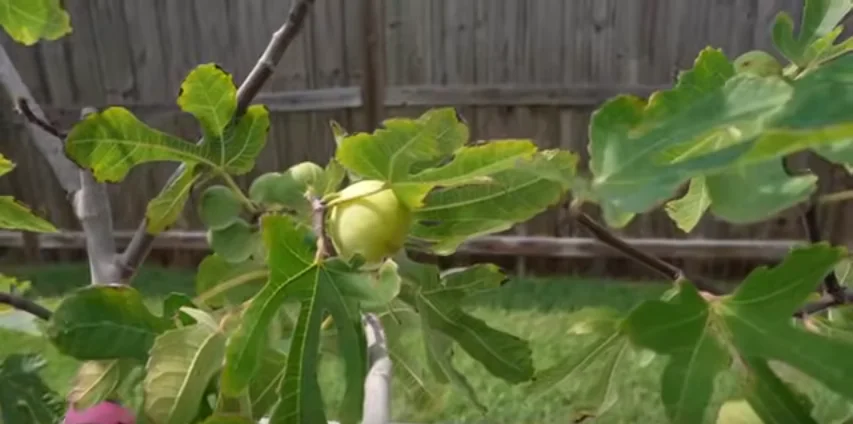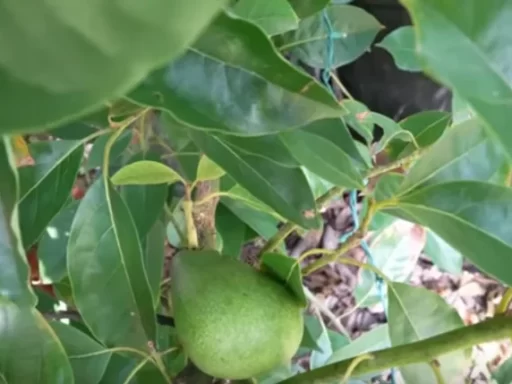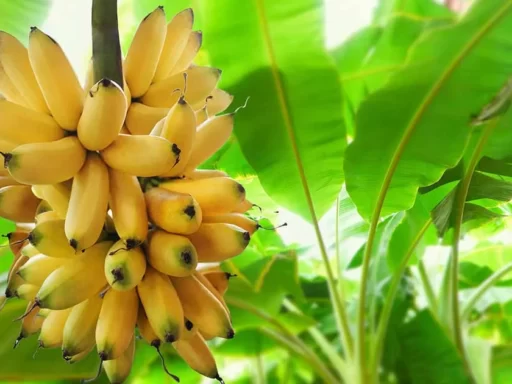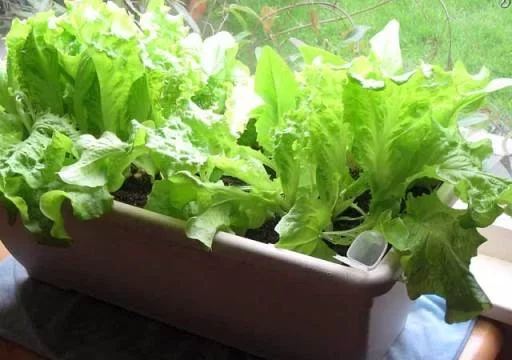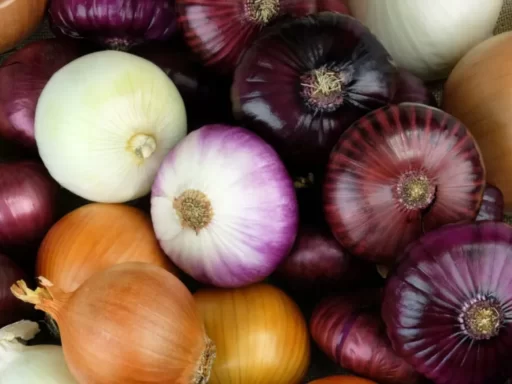Over the past few weeks, there has been a remarkable increase in interest surrounding the cultivation of fig trees. As more individuals venture into the world of gardening, particularly fig cultivation, it’s essential to explore the fundamental principles that contribute to the success of these fruit-bearing trees. This article aims to provide insights into why fig trees thrive, the importance of proper fertilization, and a detailed look at the methods employed to cultivate healthy, fruitful fig plants.
Welcome to Fig Cultivation
First and foremost, it’s crucial to acknowledge the welcoming community of fig enthusiasts. Whether you are an experienced gardener or just beginning your journey, understanding the nuances of fig tree care will enhance your experience. As we delve into the specifics of fig cultivation, we will also take a closer look at the specific techniques that can lead to successful growth and abundant fruit.
Understanding Fig Trees
Fig trees are unique in their growth habits and requirements. They can be grown from cuttings, which makes them accessible to many gardeners. Most of my fig trees, except for one, began their journey as cuttings taken during the winter months. These cuttings are relatively easy to propagate and, when properly cared for, can develop into robust plants within a short time frame.
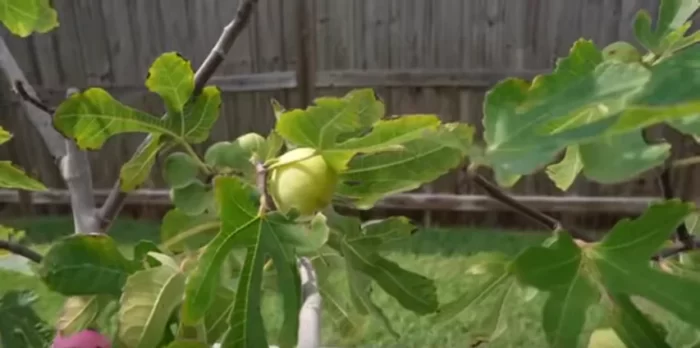
For instance, the Violette de Bordeaux, the only tree carried over from the previous year, has been pruned heavily to encourage new growth. Meanwhile, other varieties, such as the Col de Dame and Italian 258, have thrived remarkably well in just a few months of cultivation. Each tree shows signs of growth and fruit production, demonstrating the potential that comes with the right care.
The Importance of Proper Pruning
Pruning is an essential aspect of fig tree care. Regularly trimming the trees helps promote healthy growth by allowing more sunlight to penetrate the canopy. This practice encourages the development of new shoots, which will eventually bear fruit. Proper pruning techniques can significantly enhance the overall productivity of fig trees and ensure that they remain healthy and vigorous.
The Role of Climate in Fig Cultivation
One of the most beneficial aspects of growing figs is their adaptability to various climates. In my experience, the warm temperatures and ample sunlight experienced during spring and summer significantly contribute to the growth of fig trees. From mid-April onward, daily temperatures consistently reach the 80s Fahrenheit (approximately 27°C), with occasional stretches into the 90s (around 32°C). This warm climate promotes rapid growth and fruit development.
For those in cooler climates, consider using pots to bring your fig trees indoors during colder months. This method allows for more controlled growing conditions and can extend the growing season.
Fertilization: The Key to Success
One of the most critical factors contributing to the health and fruitfulness of fig trees is a well-thought-out fertilization regimen. Just as humans require specific nutrients to thrive, plants also have their own nutritional needs. For plants, the three primary macronutrients are nitrogen, phosphorus, and potassium (commonly referred to as NPK). Understanding how to balance these nutrients is essential for fostering healthy fig growth.
The Macronutrient Breakdown
- Nitrogen (N): This nutrient is vital for leaf growth, contributing to lush, green foliage. However, excessive nitrogen can lead to overly leafy plants at the expense of fruit production.
- Phosphorus (P): Crucial for flowering and fruiting, phosphorus drives root growth and is essential during the fruiting stage. A lack of phosphorus can lead to poor flowering and insufficient fruit set.
- Potassium (K): This nutrient supports overall plant health and is essential for various chemical reactions within the plant. It helps improve disease resistance and enhances the quality of fruits.
Fertilization Strategies
When it comes to fertilizing fig trees, two primary strategies exist: the initial high nitrogen approach followed by a balanced fertilizer regimen and the use of a balanced fertilizer throughout the growing season. I personally employ the first method. After transplanting my fig cuttings, I start with a higher nitrogen fertilizer to encourage rapid leaf and stem growth. Once the plants are established, I transition to a more balanced fertilizer with a higher phosphorus content to support flowering and fruiting.
For slow-release fertilizers, I recommend using a balanced 5-5-5 formula, while for soluble fertilizers, products like Miracle-Gro with higher nitrogen content are effective, albeit with caution regarding the nitrogen-to-phosphorus ratio.
Application Techniques
Slow-Release Fertilizers
Slow-release fertilizers are essential for maintaining nutrient levels in container-grown plants. These fertilizers break down gradually, providing a steady supply of nutrients over time. For fig trees, it is advisable to apply slow-release fertilizers every two weeks during the growing season. A common method involves mixing organic fertilizers with additional phosphorus sources, such as bone meal, to ensure adequate nutrient levels.
Soluble Fertilizers
Once the slow-release fertilizers have been applied, soluble fertilizers can be introduced. These fertilizers are rapidly absorbed by the plant, making them a quick source of nutrients. It’s essential to follow the application of slow-release fertilizers with soluble ones to maximize nutrient uptake. I have found that using commercial brands, such as a generic Miracle-Gro, provides the necessary nutrients at a more affordable price without sacrificing effectiveness.
Conclusion
In conclusion, successfully growing fig trees requires a combination of proper care, understanding of plant nutrition, and effective fertilization strategies. By adhering to a structured fertilization regimen and ensuring that your fig trees receive adequate sunlight and warmth, you can cultivate healthy, productive plants. The satisfaction of harvesting your own figs is well worth the effort invested in their care.
Frequently Asked Questions
- How long does it take for fig trees to produce fruit?
- Fig trees can take anywhere from 1 to 3 years to produce fruit, depending on the variety and care given.
- What is the best time to prune fig trees?
- The best time to prune fig trees is in late winter or early spring before new growth begins.
- How often should I water my fig trees?
- Fig trees should be watered regularly, ensuring that the soil remains consistently moist but not soggy. Watering frequency may vary based on climate and soil conditions.
- What are common pests that affect fig trees?
- Common pests include fig beetles, aphids, and spider mites. Regular inspections and treatments can help manage these pests.
- Can fig trees be grown in containers?
- Yes, fig trees can thrive in containers, making them suitable for small spaces or regions with colder climates.
- What are the signs of over-fertilization?
- Signs include yellowing leaves, stunted growth, and an overall decline in plant health. It is crucial to follow recommended fertilization guidelines.
- What varieties of fig trees are best for home gardeners?
- Popular varieties for home gardeners include Brown Turkey, Celeste, and Violette de Bordeaux due to their adaptability and fruit quality.

